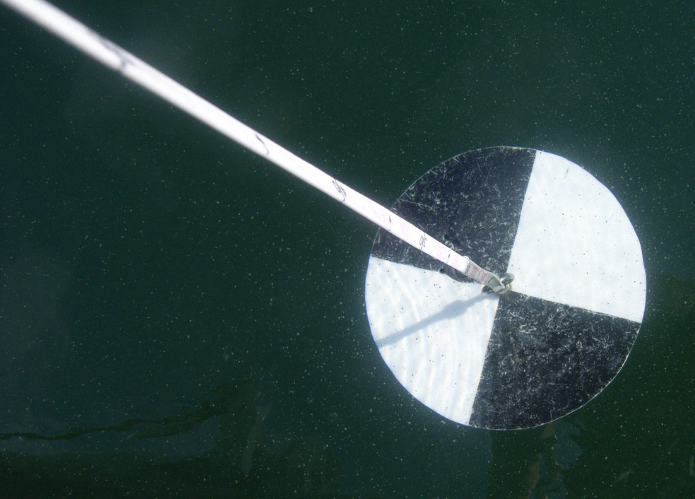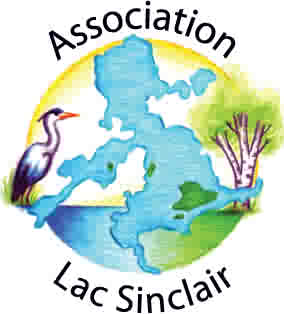The association conducts various tests of our lake water. The most recent test results can be found in the newsletter.
E-coli
Water samples are taken once in the spring and once in late summer from approximately 30 locations on the lake and are tested for e-coli. Sources of e-coli might include agricultural run-off, improperly installed sceptic systems or natural animal activity.
Phosphorous and Chlorophyll
From time to time, the association tests levels of phosphorous and chlorophyll. Heightened levels of phosphorous can be caused by faulty septic systems as well as the use of soap detergents containing phosphates. It is recommended that cottagers use detergent brands that do not contain phosphates. Chlorophyll is a second naturally
occurring substance that is also critical to the growth of algae. The key is to ensure that levels do not get too high as this will lead to excessive algae growth and cloudy water.
Water Clarity
The lake association measures water clarity every two weeks during the summer months (May to Oct) as part of a Provincial Government study. There are designated spots in the lake where a Secchi dish device is lowered into the water on the end of a rope. Once the device is lost from sight, the depth is measured and recorded. The findings over the years have been very consistent which indicate that plant life and chlorophyll levels are remaining relatively constant.

Water Levels
Water levels are measured weekly throughout the summer by a volunteer. Water levels depend on winter runoff, rainfall, heat and are sometimes impacted by a beaver dam blocking outflow. There is no significant inflow from any other lake or river that impacts water levels.
Other Testing
From time to time, other tests are conducted. In 2019, the Petits Lacs, which feed into Lac Sinclair, were tested for heavy metals and pollutants to monitor the impact of nearby logging activity.
